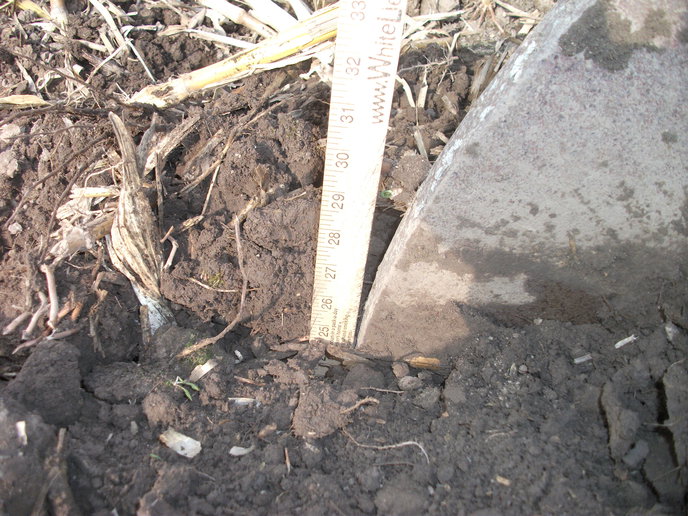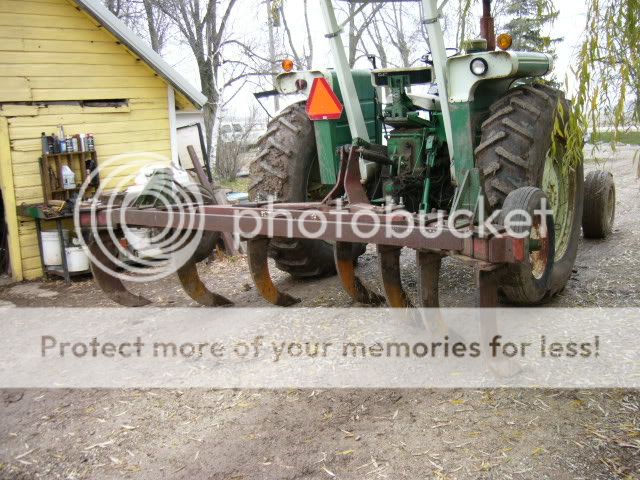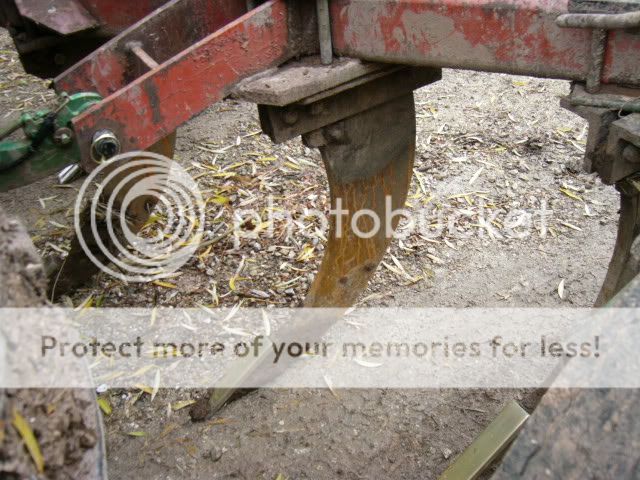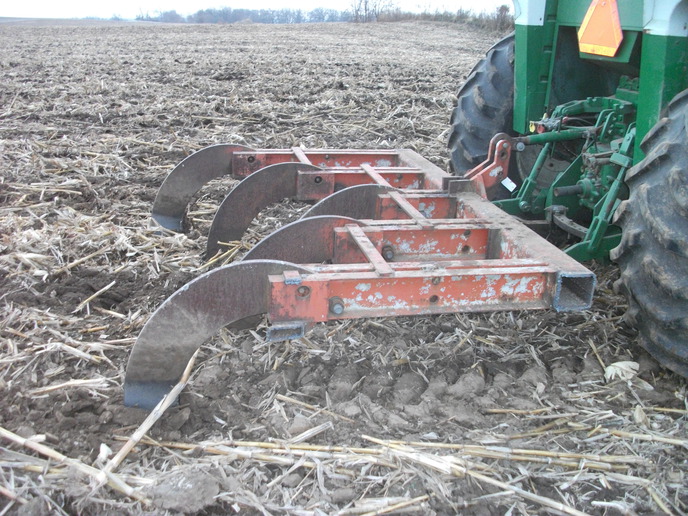super99
Well-known Member
Last spring I bought a 9 shank V-Ripper at a sale. This fall I finally cut it down to size for my 1850 and started ripping the places that drowned out this year. I have 3 shanks on it, power not a problem, traction is good but probably could use duals, NEED more weight on the front end!!! I found it works best by going over the field 2 times, first time about 16" deep, then stick it in as far as it will go. Many times it picks the front end up and just goes where it wants to. Sometimes it sucks in and the front end gets 4' or so off the ground, then it starts spinning and I have to stop and back up to be able to raise the ripper out of the ground. Wish I had someone to take pictures or movie when it's doing that. I hope this helps, or else I've wasted a lot of time and fuel just screwing around.
Chris
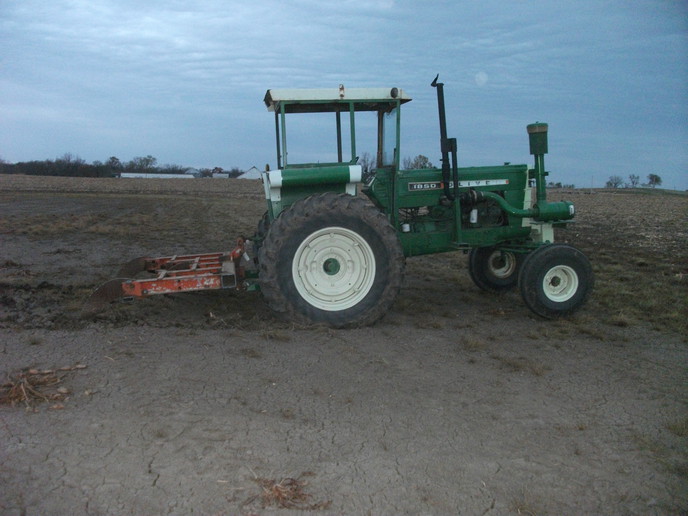
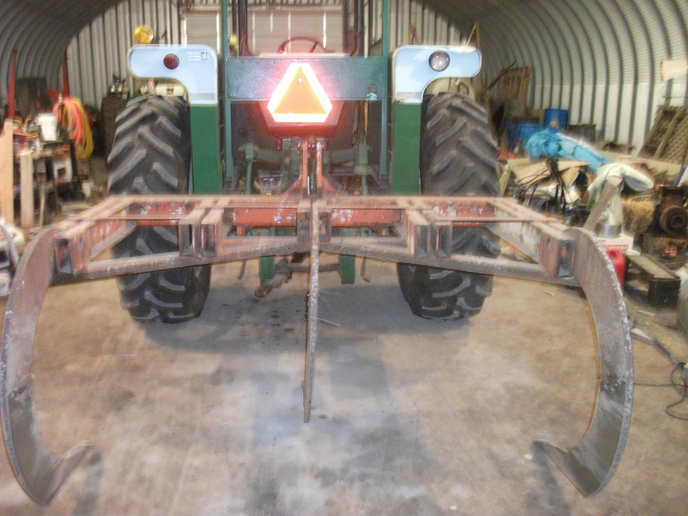
Chris




